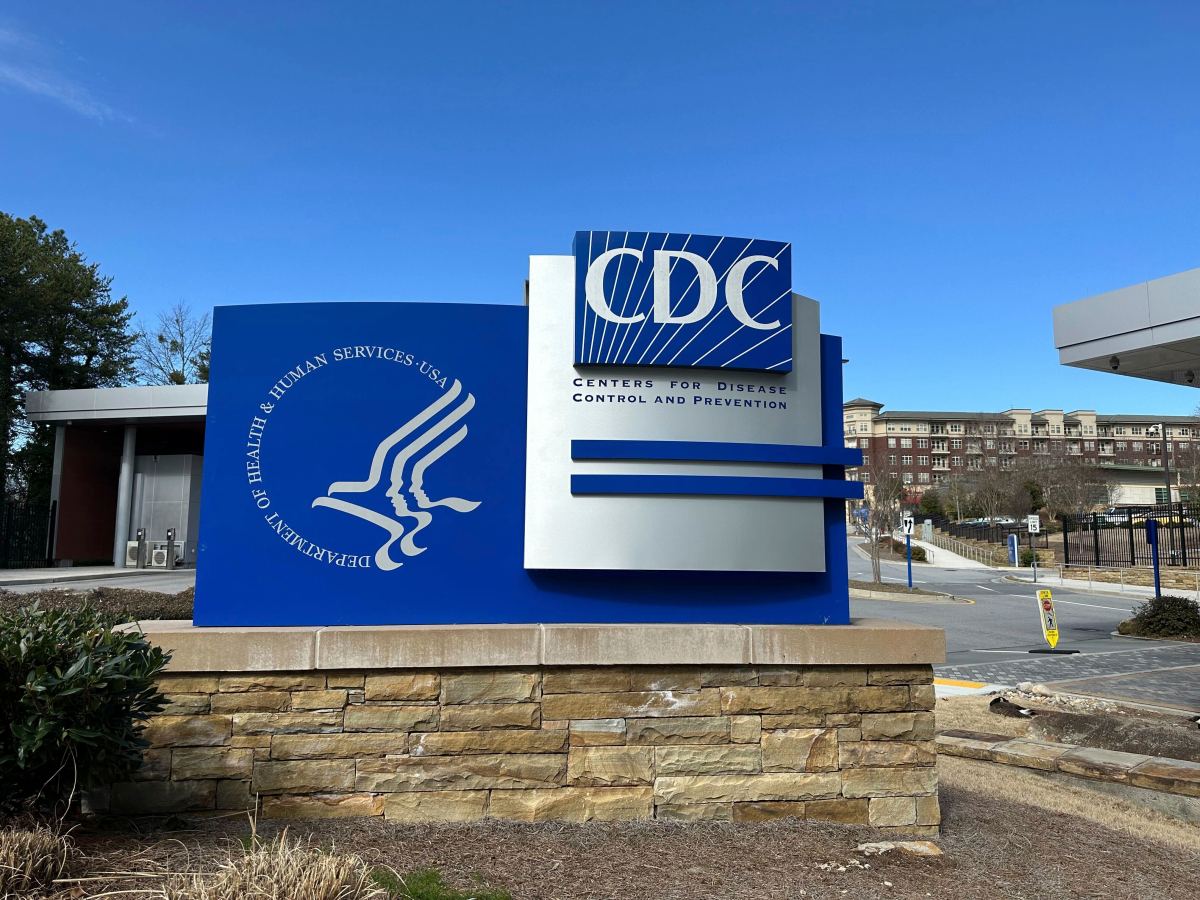Health Sector Shock: Understanding the Recent Mass Layoffs
In a surprising turn of events, the health sector has experienced a sudden and unprecedented shock, with thousands of health agency employees laid off over the course of a single weekend. This mass layoff has sent ripples through the community, sparking widespread concern about the implications for healthcare services and the future of the workforce. As we delve into this issue, it becomes crucial to examine not only the immediate effects of these layoffs but also the broader context in which they are occurring.
What Happened: The Weekend Shakeup
The weekend layoff affected numerous health agencies across various regions, with reports indicating that some institutions cut their workforce by as much as 20%. Employees were informed of their termination through abrupt communications, leaving many in shock and scrambling to understand the reasons behind such drastic measures.
This sudden decision has not only raised eyebrows but has also ignited conversations regarding job security in the healthcare sector, an industry traditionally viewed as stable and resilient. The abruptness of these layoffs has led to questions about the health agencies’ operational strategies and financial health.
Reasons Behind the Layoffs
While the exact reasons for the mass layoffs are still emerging, several factors appear to contribute to this shocking development:
- Financial Constraints: Many health agencies have been grappling with budget cuts and financial instability, exacerbated by the lingering effects of the pandemic. These financial strains may have forced agencies to make tough decisions to remain solvent.
- Shifts in Healthcare Delivery: The pandemic has accelerated the shift towards telehealth and virtual care, leading some organizations to reassess their staffing needs. Employees in roles that are no longer deemed essential may find themselves without jobs.
- Policy Changes: Legislative changes at both state and federal levels could be influencing funding allocations, prompting a reevaluation of workforce requirements within healthcare agencies.
The Implications for Public Health
The mass layoffs raise significant concerns about the future of healthcare services. The immediate impact is felt by the employees who lost their jobs, but the repercussions could extend far beyond individual circumstances. Here are some key implications:
Reduced Access to Care
With fewer employees available to provide services, patients may experience longer wait times and reduced access to care. This is particularly concerning for vulnerable populations who rely heavily on public health services. The strain on remaining staff can also lead to burnout, further complicating the delivery of care.
Quality of Services
The healthcare sector thrives on teamwork and collaboration. A sudden reduction in personnel can disrupt established workflows, potentially compromising the quality of care. As remaining staff struggle to pick up the slack, the risk of errors may increase, posing a threat to patient safety.
Impact on Community Health
Community health initiatives often rely on the expertise and availability of a diverse workforce. Mass layoffs could hinder efforts to address pressing public health issues, such as vaccination campaigns, mental health support, and chronic disease management. A diminished workforce can stifle innovation and responsiveness to community needs.
Looking Forward: The Future of Healthcare Employment
As we reflect on the health sector shock, it’s essential to consider the future of healthcare employment. While the immediate situation appears grim, there are pathways forward that could lead to a more resilient workforce.
Opportunities for Reskilling
The healthcare landscape is evolving, and with it comes the need for new skills. Organizations and educational institutions can collaborate to provide reskilling opportunities for displaced workers. Areas such as telehealth, data analytics, and health informatics are ripe for growth, potentially creating new job opportunities.
Policy Advocacy
Advocates for healthcare workers must push for policies that protect employment and ensure adequate funding for health agencies. Increased investment in public health is crucial not only for service delivery but also for workforce stability. A united front can influence decision-makers to prioritize health sector funding.
Conclusion: A Call for Resilience
The health sector shock marked by the mass layoffs of thousands of workers serves as a wake-up call for all stakeholders involved. While the immediate impacts are distressing, there exists an opportunity for reflection, reform, and resilience. By addressing the underlying issues that led to these layoffs and focusing on innovative solutions, we can work towards a healthier future for our communities and the dedicated individuals who serve them.
As we navigate these challenging times, it’s crucial to remember that the strength of our healthcare system lies not just in its infrastructure but in the people who make it function. The journey ahead may be fraught with challenges, but with collective action and a commitment to improvement, we can emerge stronger than before.
See more WebMD Network



